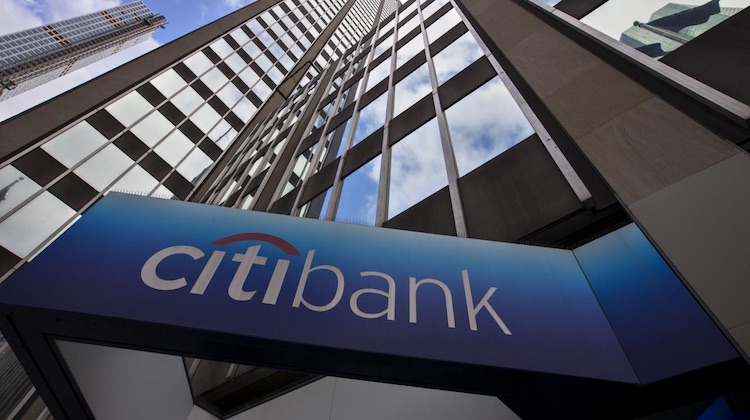The Customer Effect
Citi’s mobile app is lagging behind its peers
- Most of Citi's mobile banking initiatives and upgrades aren’t evident in customers' mobile banking experience yet
- It is increasingly hard as a financial services brand to be everything to everyone; unlike its U.S. peers doing just that, Citi is focusing on certain segments









